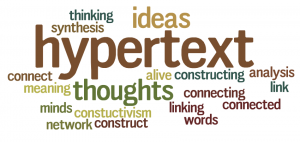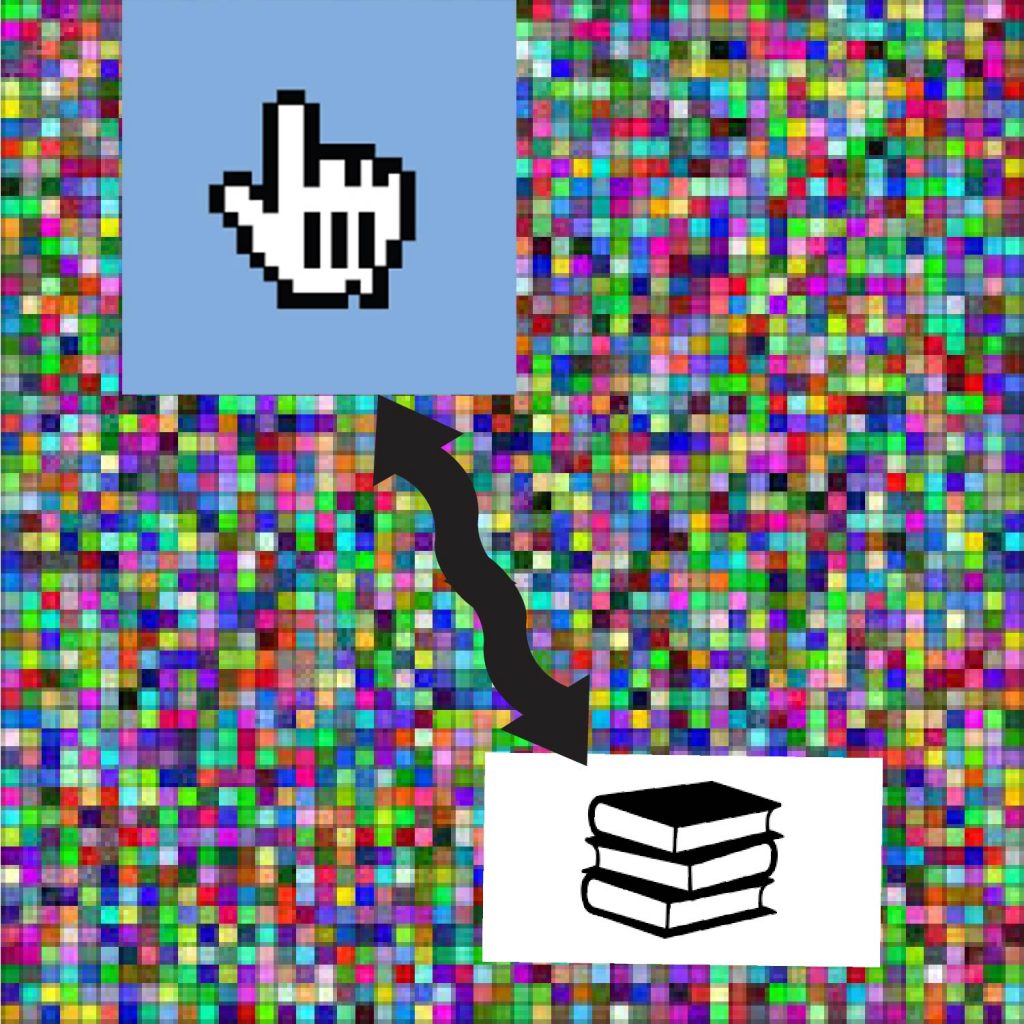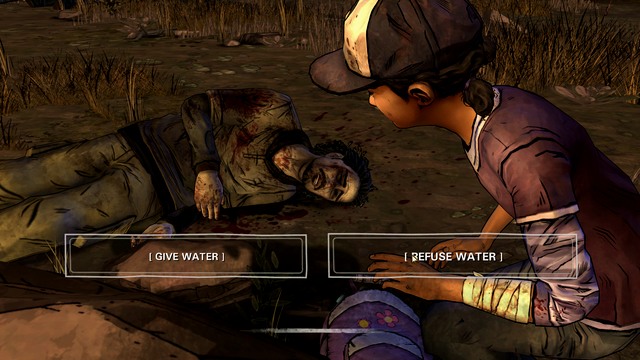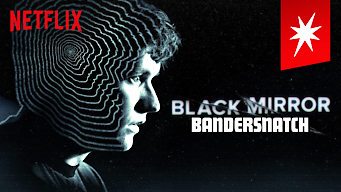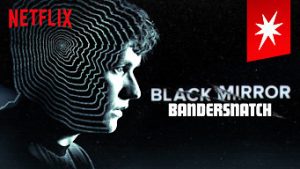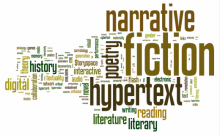Hypertext storytelling is an interesting approach to telling stories. The idea of multi-linearity and non-linearity present incredible potential for great stories, and there have been many stories that are compelling and interesting. “Patchwork Girl” by Shelly Jackson for example which was inspired by the classic “Frankenstein” represent how effective hypertext storytelling can be. With all of this potential though, hypertext storytelling wasn’t as revolutionary as some had thought. This happened for different reasons, one being the fact that nonlinear reading, as explained by Steven Johnson, is incredibly hard to write.
“When you tried to make an argument or tell a journalistic story in which any individual section could be a starting or ending point, it wound up creating a whole host of technical problems, the main one being that you had to reintroduce characters or concepts in every section.”
This issue is just one example but it is representative of some of the problems with hypertext. Another example can be seen in “afternoon, a story.” The story is well written and it has interesting characters, but it is incredibly hard to follow with jumping perspectives and just its nonlinear nature. I understand the idea is to explore the story and figure out what happened but because of its format and structure, it is more frustrating than engaging. Of course this isn’t to say that it is a bad hypertext story, it was one of the earlier stories told through hypertext so of course it wasn’t going to be perfect.
Hypertext also has the problem of hardware as pointed out by Robert Coover discussed. Hardware limitations and introduction of new technology have caused some hypertext stories to become unavailable, only accessible through old technology which use old technologies like floppy discs.
Hypertext is certainly not a dead form of storytelling or a bad one, there are still communities that exist like Twine for example, which give users the ability to create incredible multi-linear and non-linear hypertext stories. I think that hypertext has shown the power of nonlinear and multilinear stories and its influence can be felt in many different modern methods of storytelling. It certainly didn’t bring the death of books as Robert Coover suggested in his article, an idea which has not aged well. Traditional storytelling that comes from books will never go away, nor should it.


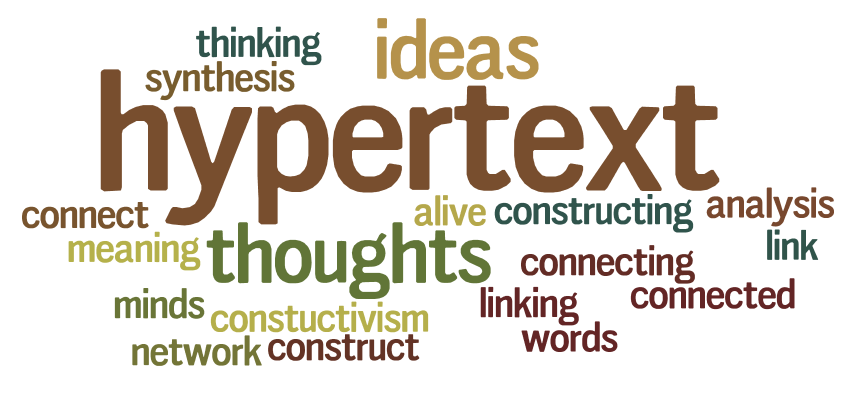
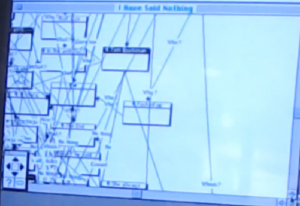 The change from traditional text to hypertext has only happened in the past decade with the advent of the medium as a whole. While hypertext new to the realm of storytelling I don’t think it will have as much of an impact as traditional books did. the use of hypertext has changed our culture and world really, like what was stated in Rettberg how hypertext introduced multilinearity to society. All of us in class grew up with the traditional book but have all learned how to use and interact with hypertext. this doesn’t mean that we all like one or the other better but it will be interesting to see younger generations as they grow up with both forms of storytelling what they will gravitate towards. whether we will all but abandon the traditional style of storytelling or if there will be a balance that happens. the latter is more likely. As well as how we interact with hypertext will change in time and who knows where it will go.
The change from traditional text to hypertext has only happened in the past decade with the advent of the medium as a whole. While hypertext new to the realm of storytelling I don’t think it will have as much of an impact as traditional books did. the use of hypertext has changed our culture and world really, like what was stated in Rettberg how hypertext introduced multilinearity to society. All of us in class grew up with the traditional book but have all learned how to use and interact with hypertext. this doesn’t mean that we all like one or the other better but it will be interesting to see younger generations as they grow up with both forms of storytelling what they will gravitate towards. whether we will all but abandon the traditional style of storytelling or if there will be a balance that happens. the latter is more likely. As well as how we interact with hypertext will change in time and who knows where it will go.